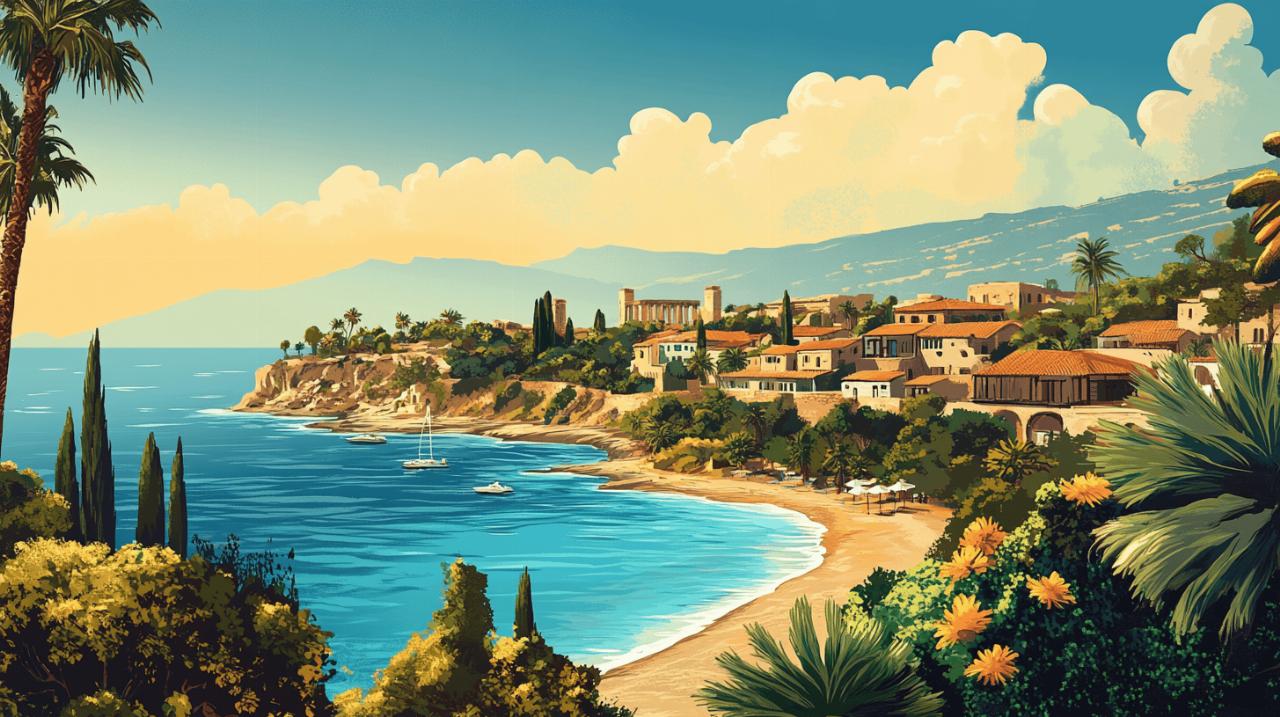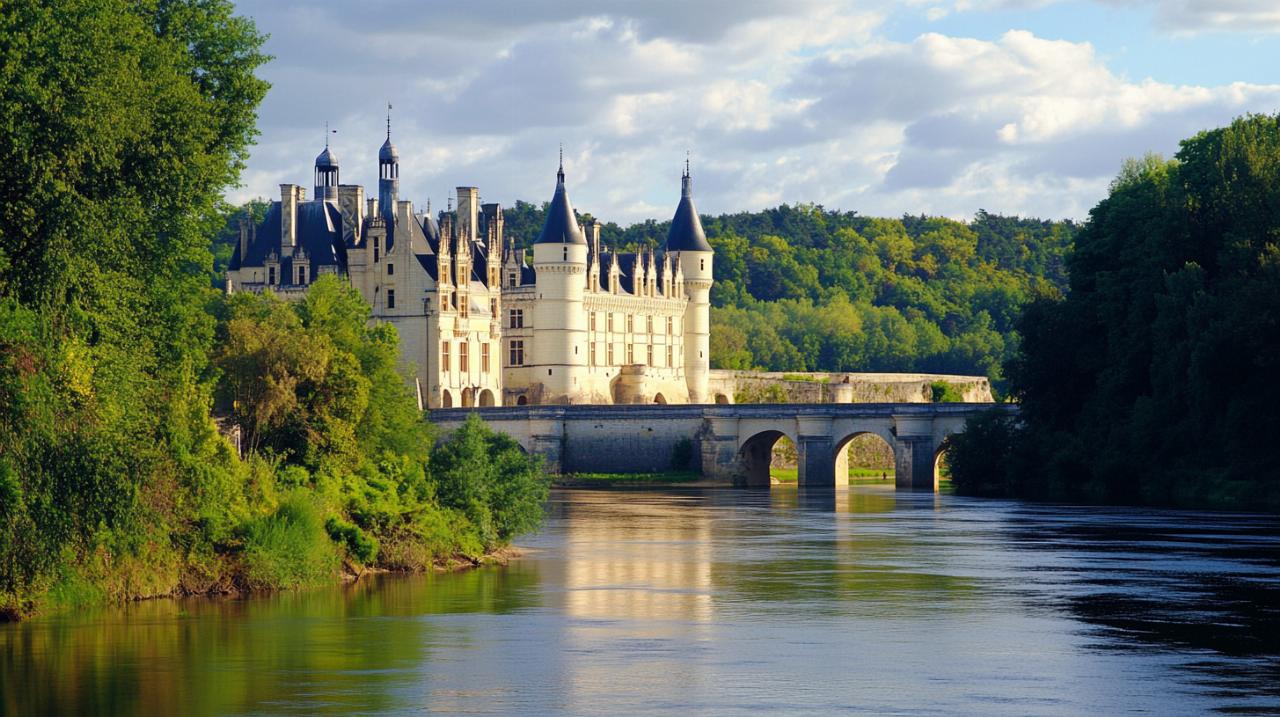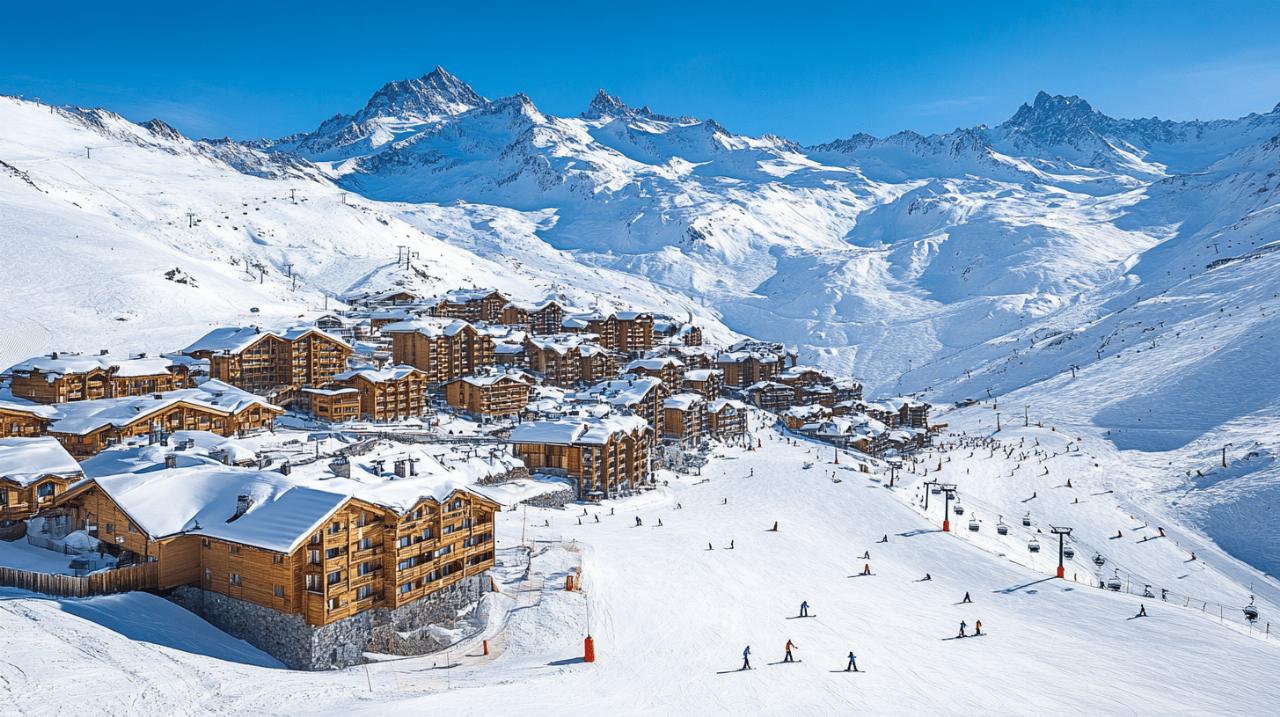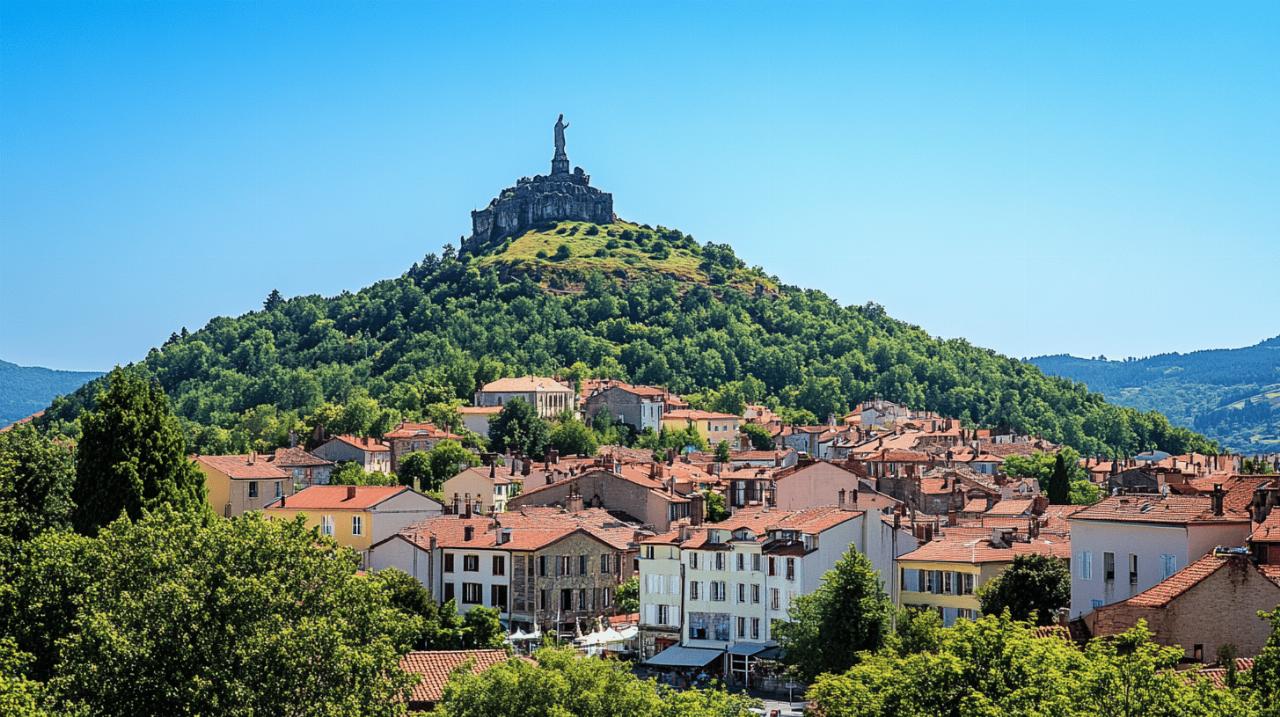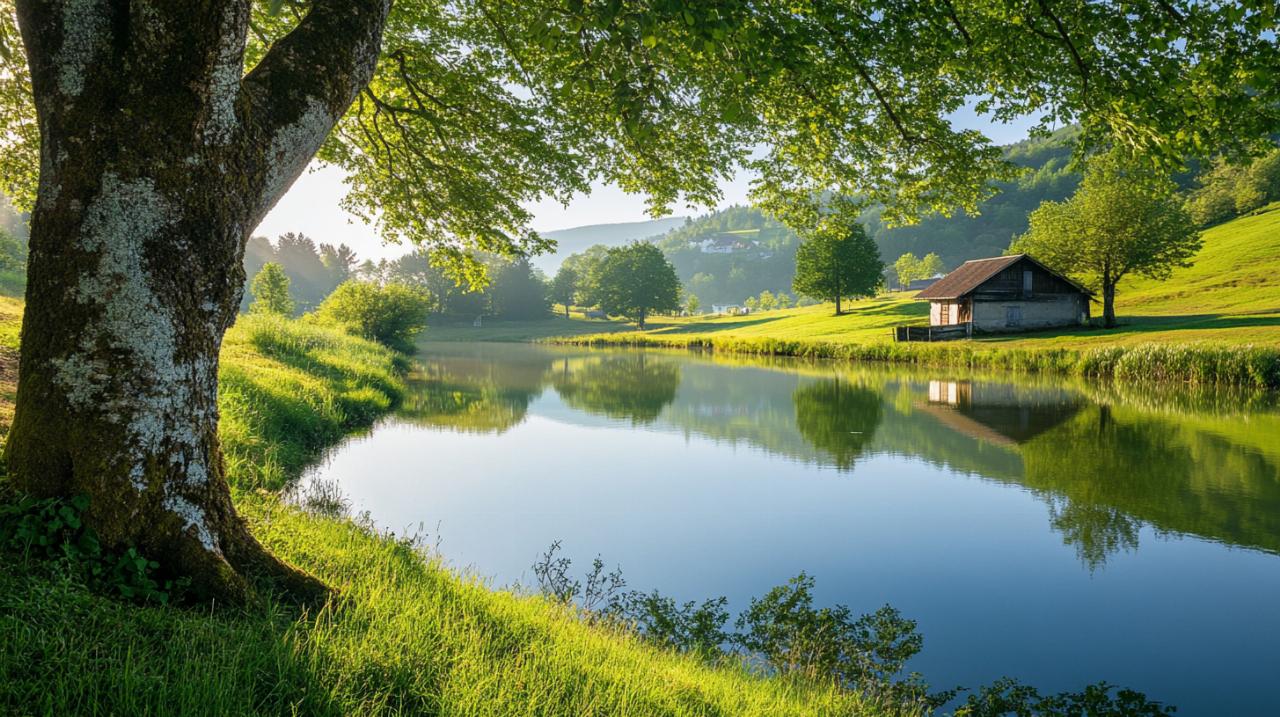Ah, Venice! The city of winding canals, centuries-old palazzos, and gondoliers serenading passengers beneath ancient bridges. But beyond the bustling Grand Canal and iconic St. Mark's Square lies a treasure trove waiting to be discovered – the enchanting islands of the Venetian lagoon. These small, character-filled isles offer a refreshing escape from the tourist crowds while showcasing authentic Venetian culture and craftsmanship at its finest.
The floating city and its island companions
Venice: A Labyrinth of Canals and History
Venice stands as a testament to human ingenuity and resilience. Founded by mainland Italians fleeing barbarian invasions after the fall of Rome, this unlikely settlement built upon mudflats evolved into a formidable maritime power by the 13th century. The city's golden age during the Renaissance saw the creation of architectural and artistic masterpieces that continue to captivate visitors today. However, Venice's story is also one of decline and adaptation. After reaching its zenith in the 16th century, the discovery of new trade routes gradually diminished its commercial importance. By the 18th century, the once-mighty republic had transformed into a playground for European aristocracy seeking decadent pleasures – a fascinating period of Venetian history beautifully preserved in museums like Ca' Rezzonico.
Getting about: navigating the venetian waterways
The vaporetto, Venice's water bus system, serves as the primary public transport connecting the city with its surrounding islands. These vessels criss-cross the lagoon, offering both locals and visitors an efficient way to explore the archipelago. For those planning to visit multiple islands, investing in a day pass (or multi-day options) proves more economical than purchasing individual tickets at €9.50 per journey. Departure points vary depending on your destination – boats to Burano and Torcello typically leave from Fondamente Nove, Stand A, while services to Murano depart from Stands A or B at the same terminal. Remember to validate your ticket before boarding, as inspectors frequently check during the journey across the shimmering waters of the lagoon.
Murano: the island of glass mastery
Watching the glass blowers: a centuries-old tradition
The story of Murano's glass tradition begins with a practical decision made in the 13th century. Fearing devastating fires in the densely populated main city, Venetian authorities ordered all glass furnaces relocated to this nearby island. This move served a dual purpose – protecting Venice from conflagration while also isolating the highly valued glassmaking secrets from potential industrial espionage. Today, visitors can witness this ancient craft firsthand through demonstrations where master artisans transform molten glass into exquisite works of art. For a modest fee of about five euros, you can observe the mesmerising process as glassblowers deftly manipulate the glowing material, their techniques largely unchanged since medieval times. The island reveals itself as a living museum where past and present merge in the fiery glow of the furnaces.
Treasures to Take Home: From Tiny Trinkets to Grand Chandeliers
Murano glass creations range from affordable souvenirs to museum-quality masterpieces. Shops and galleries line the central canal, displaying everything from delicate animal figurines and vibrant paperweights to elaborate drinking vessels and magnificent lighting fixtures. When shopping, discerning buyers should look for the official Murano glass certificate that guarantees authenticity, as imitations abound. The most spectacular works can be found in the workshops of master craftsmen who continue to push the boundaries of what's possible with this versatile medium. Whether you're drawn to traditional techniques or contemporary designs, Murano offers something to suit every taste and budget. Even those who don't purchase can appreciate the artistic heritage preserved in the island's glass museum, which traces the evolution of Venetian glassmaking through the centuries.
Burano: a kaleidoscope of colourful houses
The Rainbow Village: Origins of the Vibrant Facades
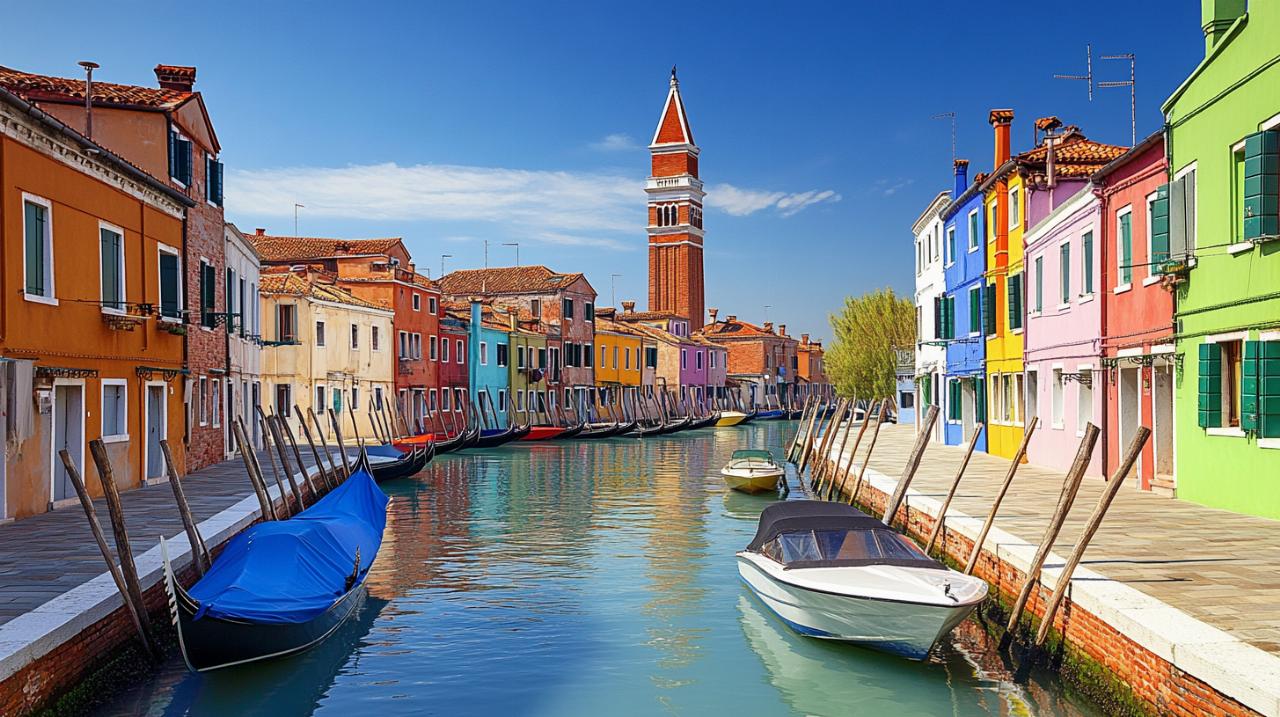 Approaching Burano by vaporetto provides an unforgettable sight as rows of brightly painted houses come into view, their reflections dancing on the canal waters. This cheerful palette serves a practical purpose rooted in the island's maritime heritage. According to local tradition, fishermen painted their homes in distinctive colours to help them identify their houses when returning through the thick lagoon fog after long days at sea. Today, this practical solution has transformed Burano into one of the most photographed locations in the Venetian lagoon. Wandering through the narrow streets reveals delightful vignettes at every turn – washing lines strung between windows, flower pots adorning doorsteps, and the occasional resident chatting from a doorway. For those seeking the ultimate Instagram backdrop, Bepi's House stands out with its geometric patterns of multicoloured shapes covering the entire facade.
Approaching Burano by vaporetto provides an unforgettable sight as rows of brightly painted houses come into view, their reflections dancing on the canal waters. This cheerful palette serves a practical purpose rooted in the island's maritime heritage. According to local tradition, fishermen painted their homes in distinctive colours to help them identify their houses when returning through the thick lagoon fog after long days at sea. Today, this practical solution has transformed Burano into one of the most photographed locations in the Venetian lagoon. Wandering through the narrow streets reveals delightful vignettes at every turn – washing lines strung between windows, flower pots adorning doorsteps, and the occasional resident chatting from a doorway. For those seeking the ultimate Instagram backdrop, Bepi's House stands out with its geometric patterns of multicoloured shapes covering the entire facade.
Lace-making heritage: burano's other claim to fame
While the colourful houses draw initial attention, Burano's cultural significance extends to its centuries-old tradition of lace-making. This painstaking craft reached its zenith during the 16th century when Burano lace adorned the courts of Europe, valued for its extraordinary intricacy and quality. The tradition nearly vanished until a revival school opened in the late 19th century. Today, visitors can learn about this heritage at the Lace Museum or view remarkable historical pieces at Dalla Lidia Merletti D'Arte, which houses a free exhibition of centuries-old examples. Though few practitioners of traditional hand-made lace remain, their work represents an important cultural legacy. The methodical patience required for creating even small pieces explains their considerable value – a tangible connection to generations of Burano women who transformed simple thread into works of extraordinary artistry.
Planning your island-hopping adventure
Day Trip vs Extended Stay: Making the Most of Your Visit
While many visitors experience Murano and Burano as a day trip from Venice, considering an overnight stay on one of the islands offers a different perspective altogether. The early morning light bathing the colourful houses of Burano or the evening tranquillity of Murano after the day-trippers depart reveals these islands at their most authentic. For those limited to a single day, starting early proves essential. Begin your journey from Fondamente Nove, perhaps visiting the more distant Burano first, then working your way back through Murano. Alternatively, several tour operators offer comprehensive guided excursions that efficiently cover multiple islands in one day, often including demonstrations of both glassblowing and lace-making. Budget travellers should note that bringing water and snacks can significantly reduce costs, as island eateries tend to charge premium prices for their captive audience.
Beyond the tourist trail: hidden spots worth discovering
Venture beyond the main attractions to discover the islands' lesser-known treasures. Connected to Burano by a wooden footbridge, the peaceful island of Mazzorbo offers a respite from the camera-wielding crowds. Here, Trattoria alla Maddalena serves exquisite seafood dishes in a serene setting, making it a favourite among knowledgeable visitors. Those with an interest in early Christian art should consider a visit to Torcello, site of the oldest church in the lagoon dating back to the 7th century. Its Byzantine mosaics rank among the most impressive in Italy, yet many visitors overlook this atmospheric island. On Murano, strolling away from the main canal reveals quiet residential areas where everyday island life continues much as it has for generations. San Giorgio Maggiore, with its Palladian church and bell tower offering spectacular views across to Venice, provides another worthy detour. These quieter corners offer glimpses into the authentic lagoon culture that exists beyond the souvenir shops.
Whether you're drawn by the rainbow-hued facades of Burano, the fiery artistry of Murano's glassworks, or the Byzantine splendour of Torcello, the islands of the Venetian lagoon complement and enhance any visit to the floating city. They represent different facets of Venice's complex history – from ecclesiastical beginnings to artistic innovation and maritime tradition – all accessible within an hour's boat ride from the city centre. As Venice itself grapples with the challenges of mass tourism, rising waters, and a declining permanent population, these islands preserve aspects of Venetian culture that might otherwise fade into history. So when planning your Venetian adventure, be sure to set aside time for these enchanting satellite communities that have contributed so significantly to the unique character of La Serenissima.

